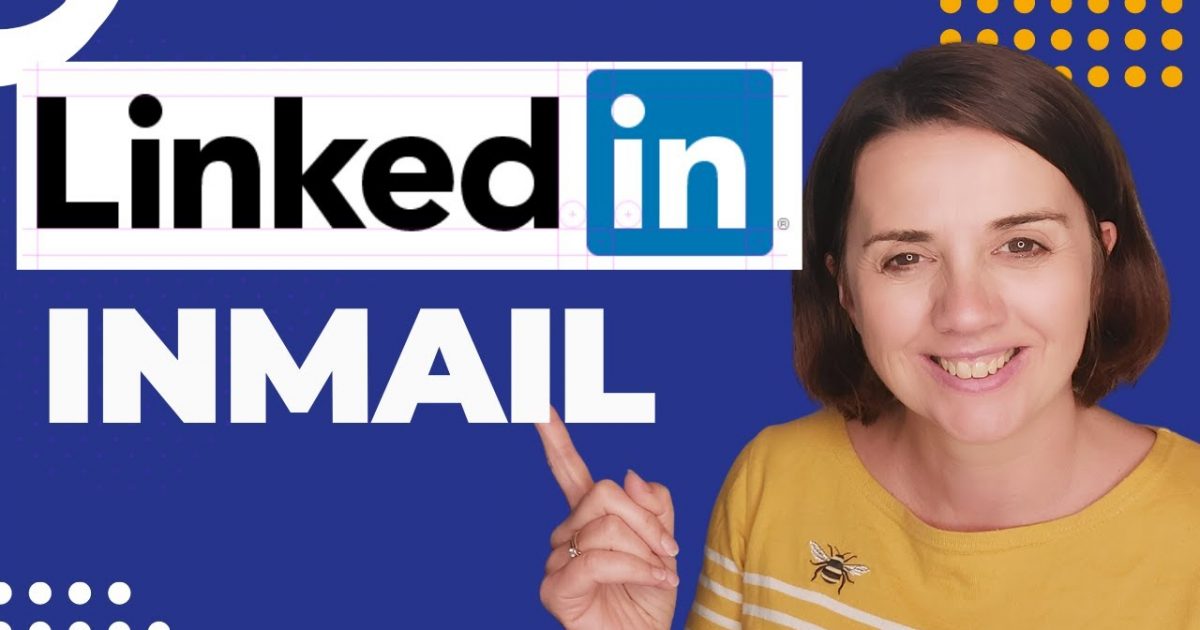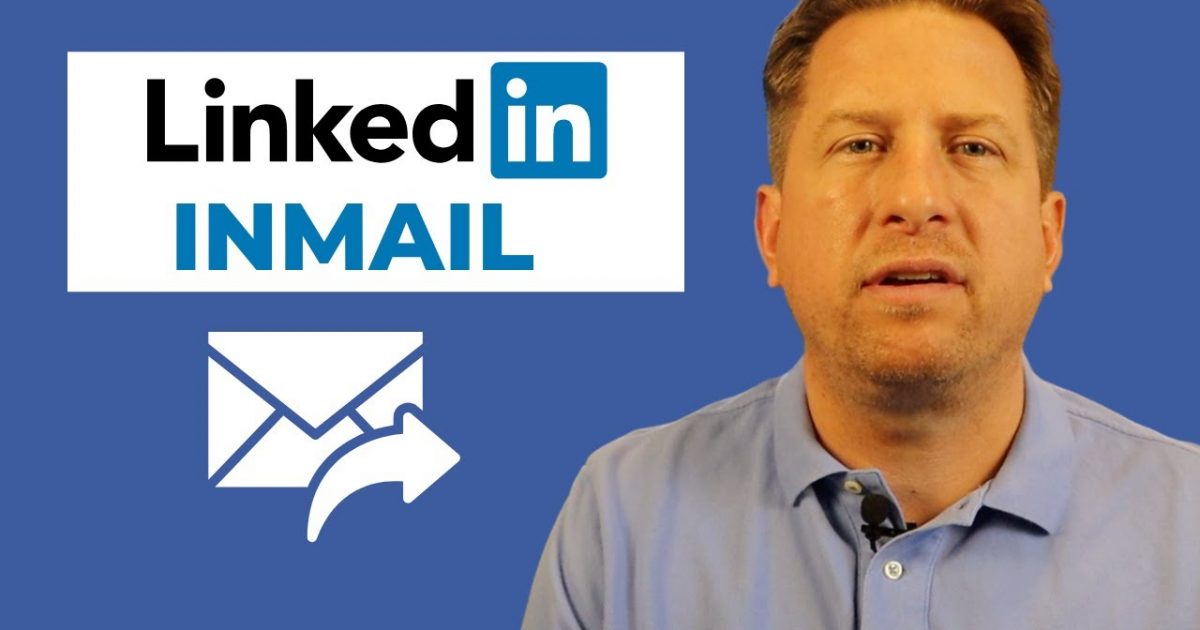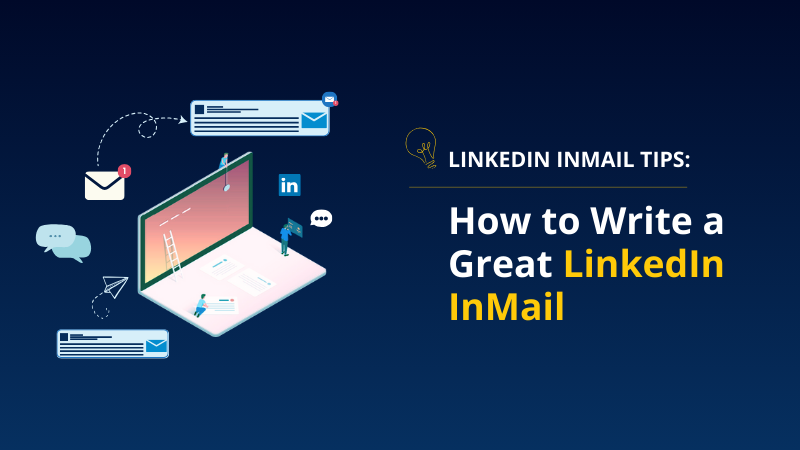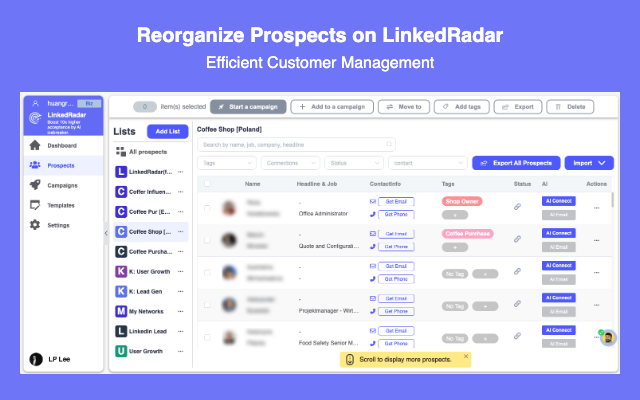How to send inmail on linkedin with more response ?
How to send inmail on linkedin with more response ?
Effectively utilizing InMail can prove to be a valuable networking asset. Over the past two years, we have observed a 40% increase in interactions between recruiters and members here at LinkedIn. Furthermore, this year has seen a 25% surge in InMail response rates following a peak in June. More individuals are now securing job opportunities through the InMails they receive, while recruiters are showing greater consideration in their messaging approach.
However, with the overall volume of InMail on the rise, it is essential to ensure that the messages you send are being read and prompting responses. This holds true for both recruiters and ordinary LinkedIn users who utilize the platform for networking purposes. To address this challenge, we delved into the data to analyze the types of messages that the most successful recruiters on LinkedIn send, in order to identify the strategies that yield effective results.

1. Make it Personal and Point Out Commonalities
Sending personalized InMails instead of using generic templates can increase your response rate by 15%. It's no surprise that sending bulk messages tends to lower response rates. While templates can be useful, taking the time to customize them can make a significant difference.
As both a yoga teacher and a marketing professional at LinkedIn, I once received a personalized message from a recruiter who shared an interest in yoga, just like me. The message acknowledged our mutual passion for yoga and emphasized the importance of having interests outside of work.
Here's an excerpt from the message:
"Hi Neha, I noticed from your LinkedIn profile that you're a yoga instructor. I recently became a certified yoga instructor myself and understand the value of pursuing passions beyond work. At ABC company, we've secured funding for substantial growth and are seeking a program manager to join our team. I admire your experience in the tech industry and your dedication to achieving work-life balance, and I believe you could be a great fit for us. Would you be open to a discussion?"
I noticed from your LinkedIn profile that you're a yoga instructor. I recently became a certified yoga instructor myself and understand the value of pursuing passions beyond work. At ABC company, we've secured funding for substantial growth and are seeking a program manager to join our team. I admire your experience in the tech industry and your dedication to achieving work-life balance, and I believe you could be a great fit for us. Would you be open to a discussion?"
Although I wasn't interested in the position, I appreciated the personalized touch and took the time to respond with a thank you for reaching out. Mentioning shared interests helps establish an immediate personal connection and can greatly increase your chances of receiving a response. Individuals who have a common group with you, for instance, are 21% more likely to respond. Additionally, mentioning a former employer in common can boost your chances of getting an InMail response by 27%.
2. Emphasize the Connection
Using the term "connect" may sound cliché, but it has been shown to increase response rates for InMail messages. Similarly, indicating your interest in follow-up with phrases like "talk," "chat," or "call" can also boost response rates. However, it is advisable not to delve into extensive details beyond that point.
In our analysis of the InMails sent by recruiters, we have discovered that mentioning specific scheduling details (such as days of the week), salary discussions, and sharing email addresses tend to reduce the likelihood of receiving a response. However, it is important to note that LinkedIn has recently introduced a video preview feature that enables recruiters to include links to company culture videos, enhancing the candidate experience within the app.
It is common for recruiters to ask candidates for referrals to potential job seekers, but this approach may not always be effective. Requesting referrals can give the impression that the focus is solely on the recruiter's needs rather than the candidate's. Building credibility and trust first can lead to a more positive response when asking for referrals.
Here is an example message format:
Subject line: Let’s connect! After reviewing your profile, I was impressed by your design background. I am currently recruiting for a well-known pharmaceutical company in Philadelphia and wanted to reach out to discuss a potential opportunity as an Art Director. If you are interested, I would be happy to provide further details. If not, it's still great to connect!
3. Keep it Short and Sweet
As with email, brevity helps. Make subject lines snappy but short, and keep the overall InMail message between 200 and 500 characters.
Subject line: Connection opportunity
As a marketing manager at XX company, I am enthusiastic about learning from individuals like yourself who possess a similar background. Upon reviewing your LinkedIn profile, I noticed that your journey closely aligns with the path I aspire to pursue. I am interested in connecting with you and possibly meeting up for a coffee to discuss our shared interests and experiences. Thank you!
4. Send it Whenever
Surprisingly, timing is not a critical factor. Despite the common practice of sending InMails during the middle of the week to avoid Monday stress, Friday disengagement, or the perceived weekend silence, our data indicates that response rates remain consistent throughout the week. This is because individuals tend to reply when it is convenient for them, rather than immediately after receiving a message.

5. Refer to Their Profile
Effective InMail messages often demonstrate that the sender has thoroughly reviewed the recipient's profile. This involves recognizing the individual's achievements, inquiring about their interests and professional objectives, which not only helps in determining whether they are a suitable match but also serves as valuable networking advice.
It is recommended not to request a resume in the initial message and to avoid pitching a position that is below the candidate's current role. Our data reveals that nearly 70% of members who transitioned into a new position within the last 12 months were either promoted or made a lateral move.
Subject line:Exploratory chat with X company’s leadership team
"Hope all is well. I’m part of X company’s talent team. I came across your profile and was very impressed with your background. Your experience at ABC company, XYZ company, and background in product management is really solid.Our product leadership team is very interested in getting to know your background. I was wondering if you might be open to an informational chat. I’d welcome an opportunity to get acquainted and create a platform for you to connect with folks here.Looking forward to hearing from you."





